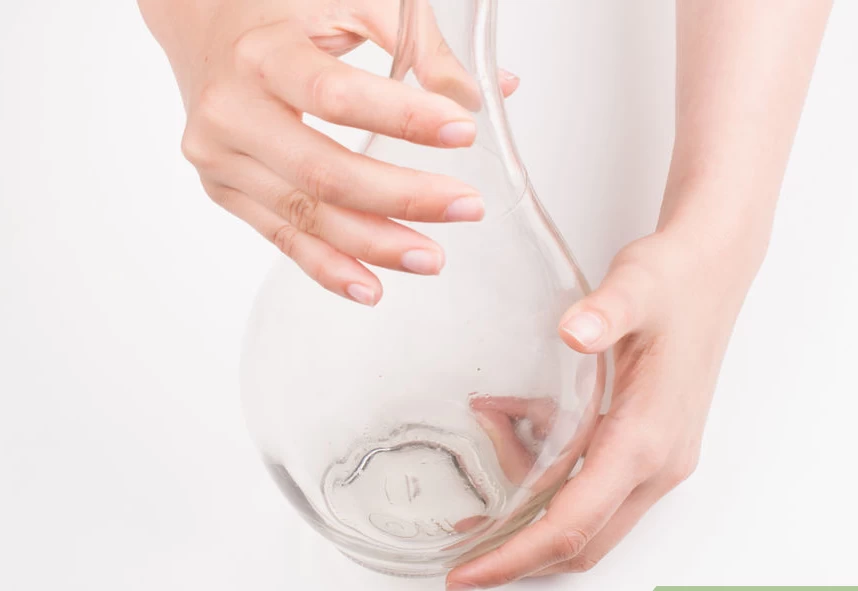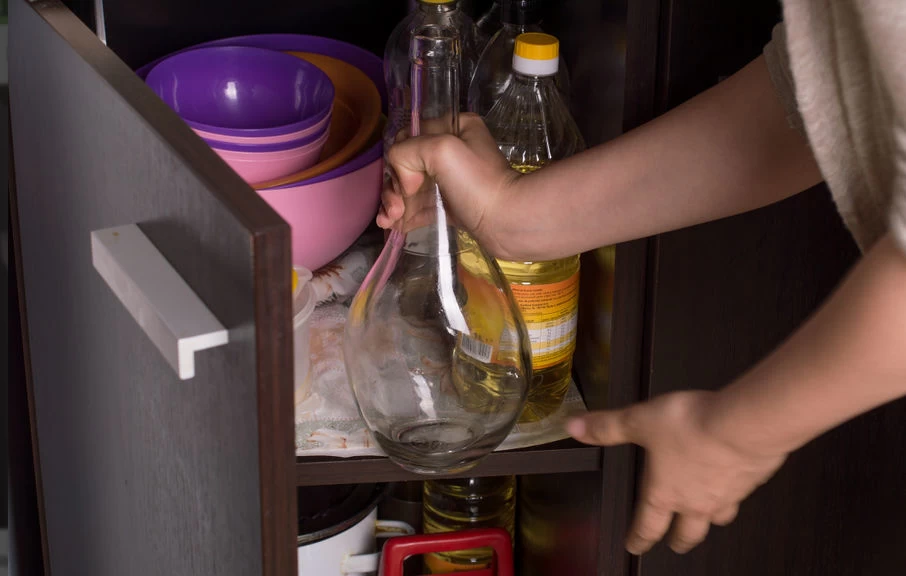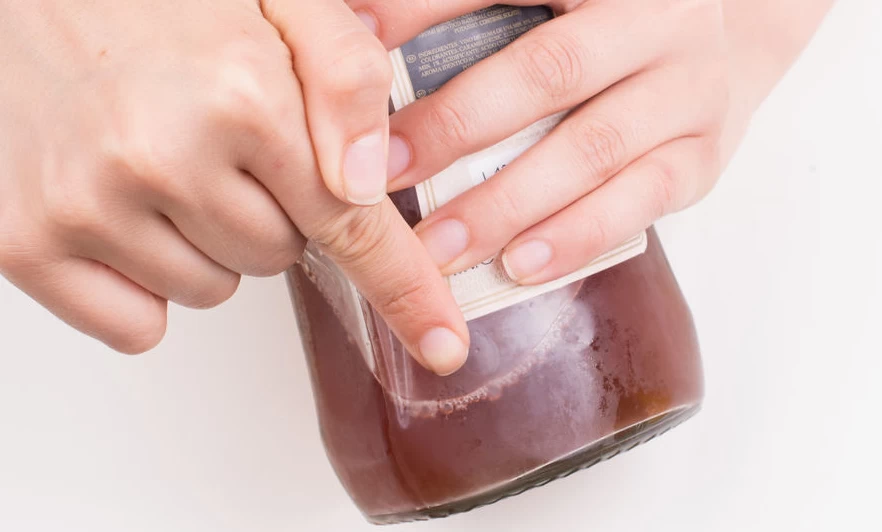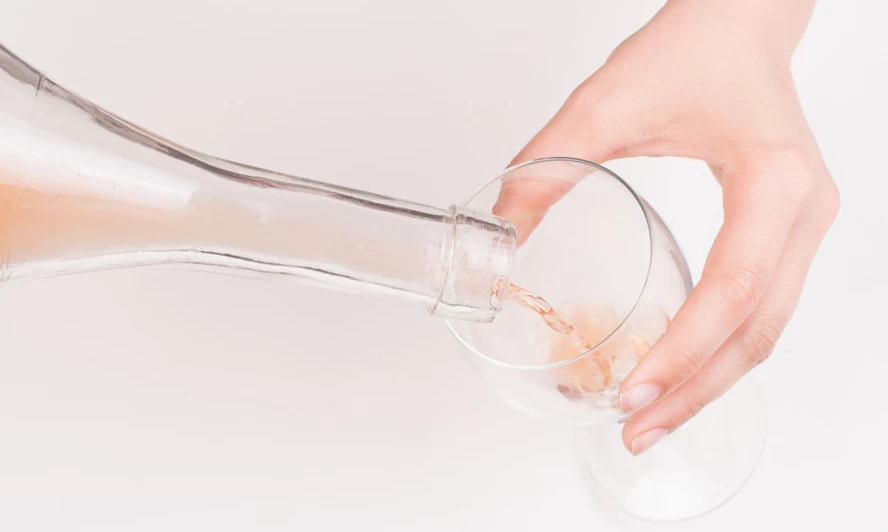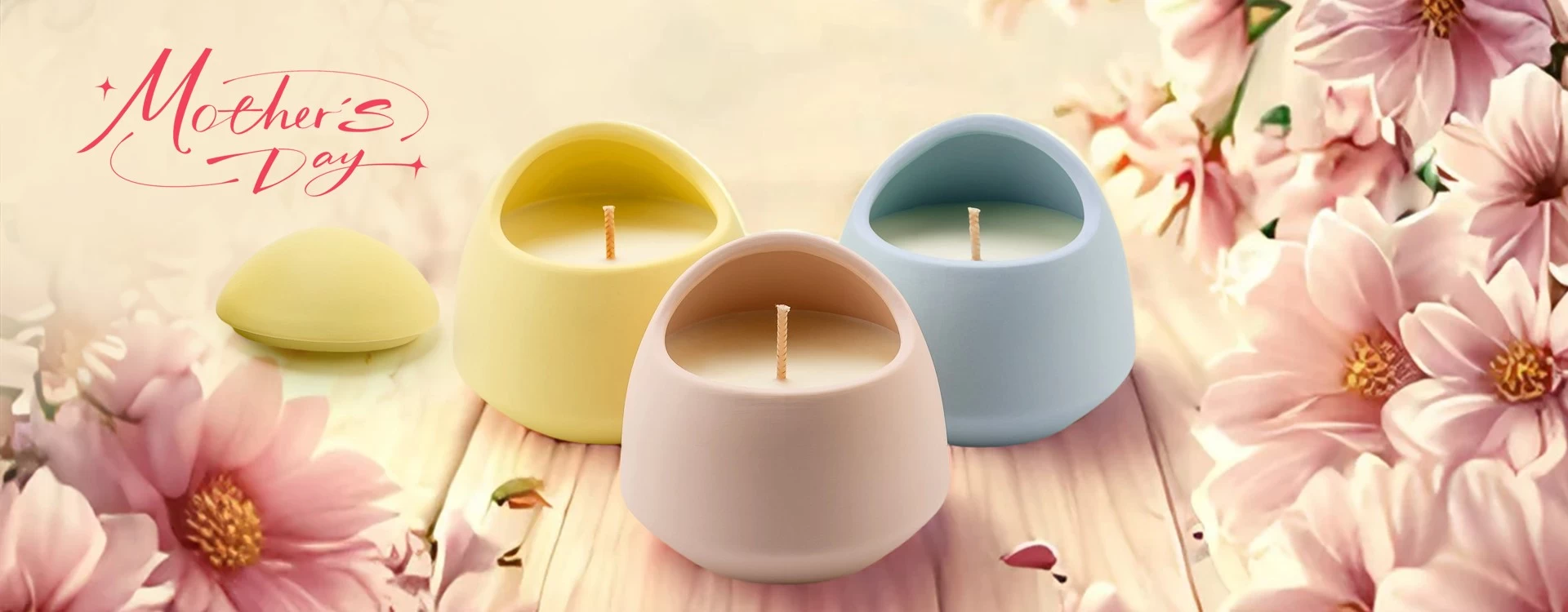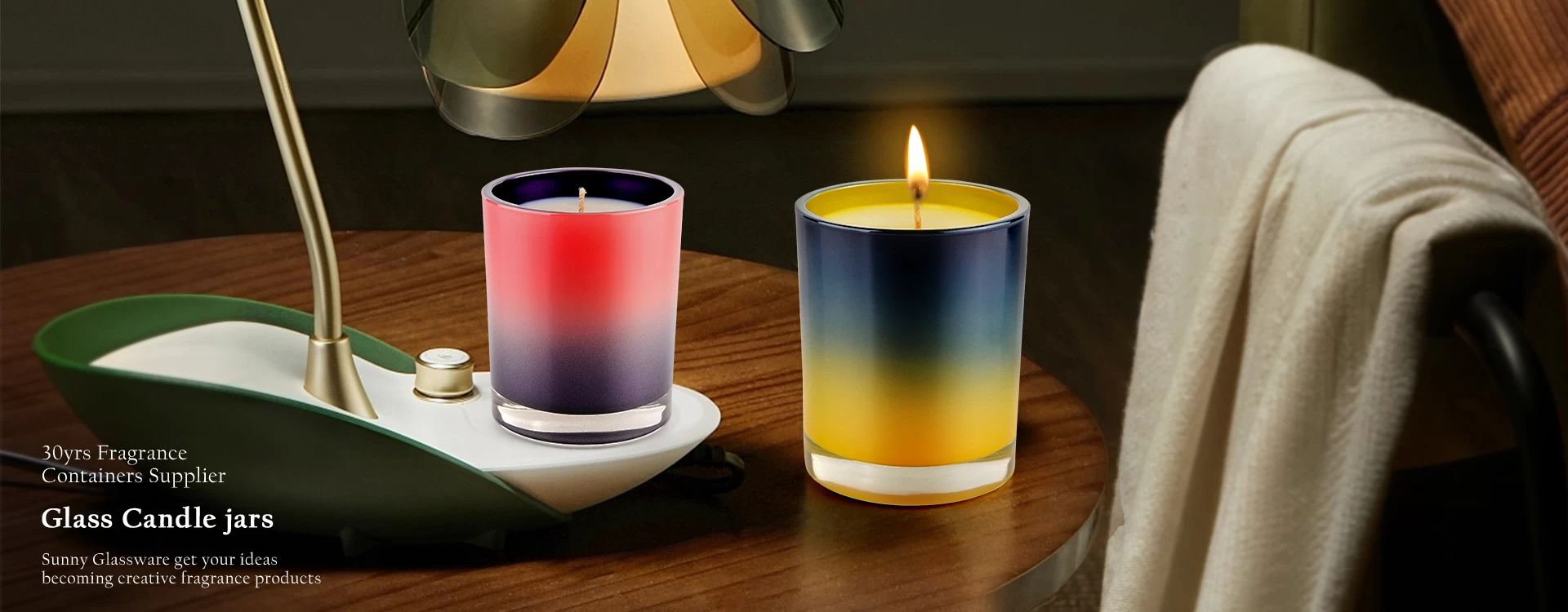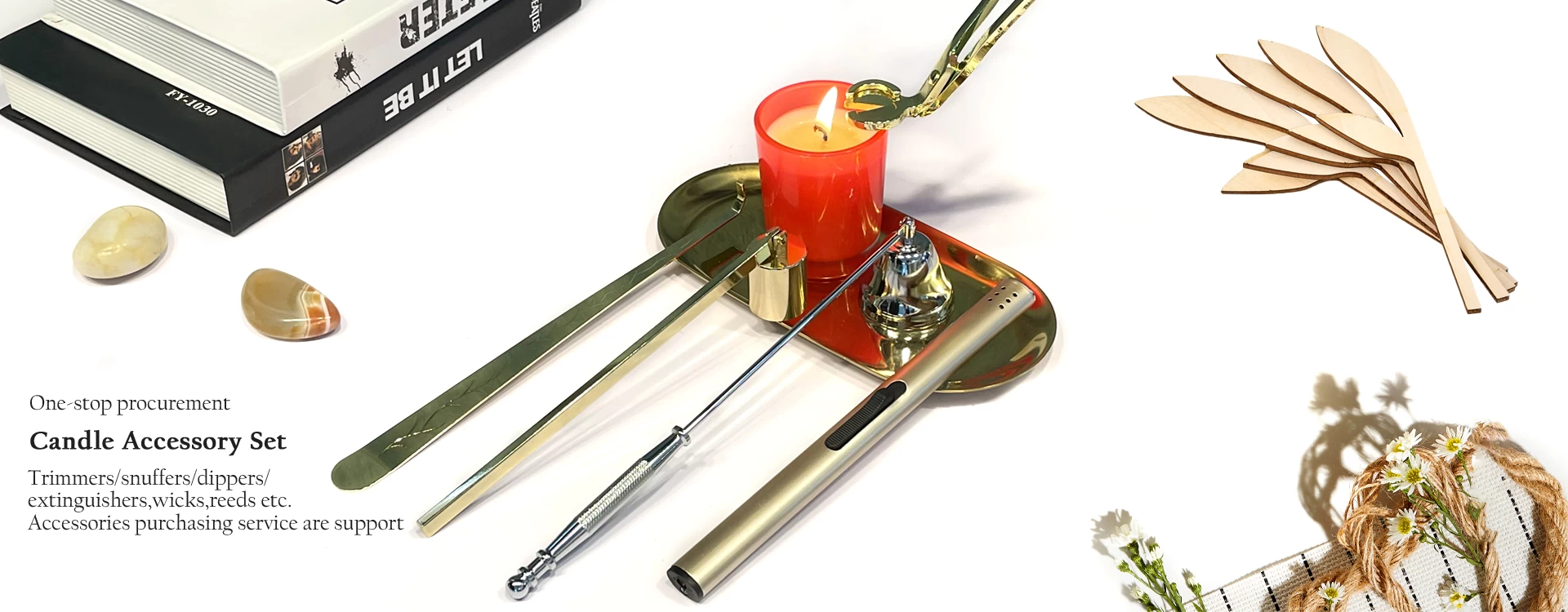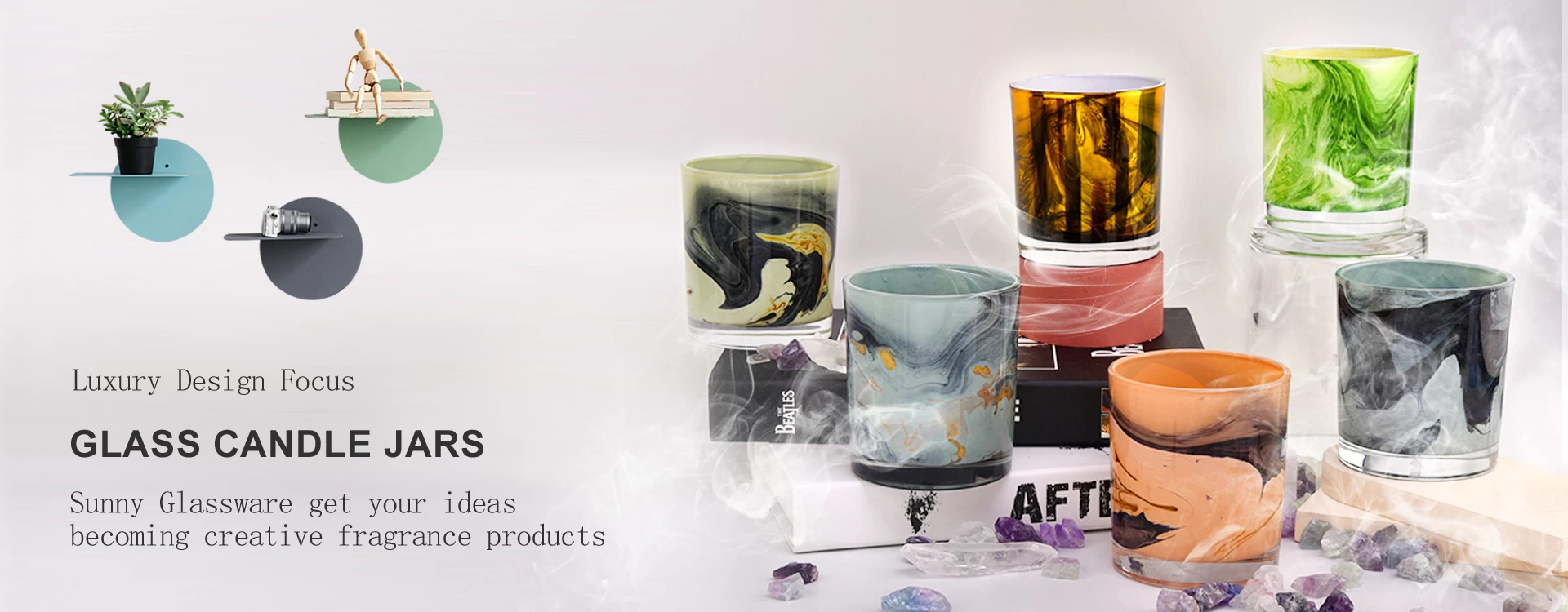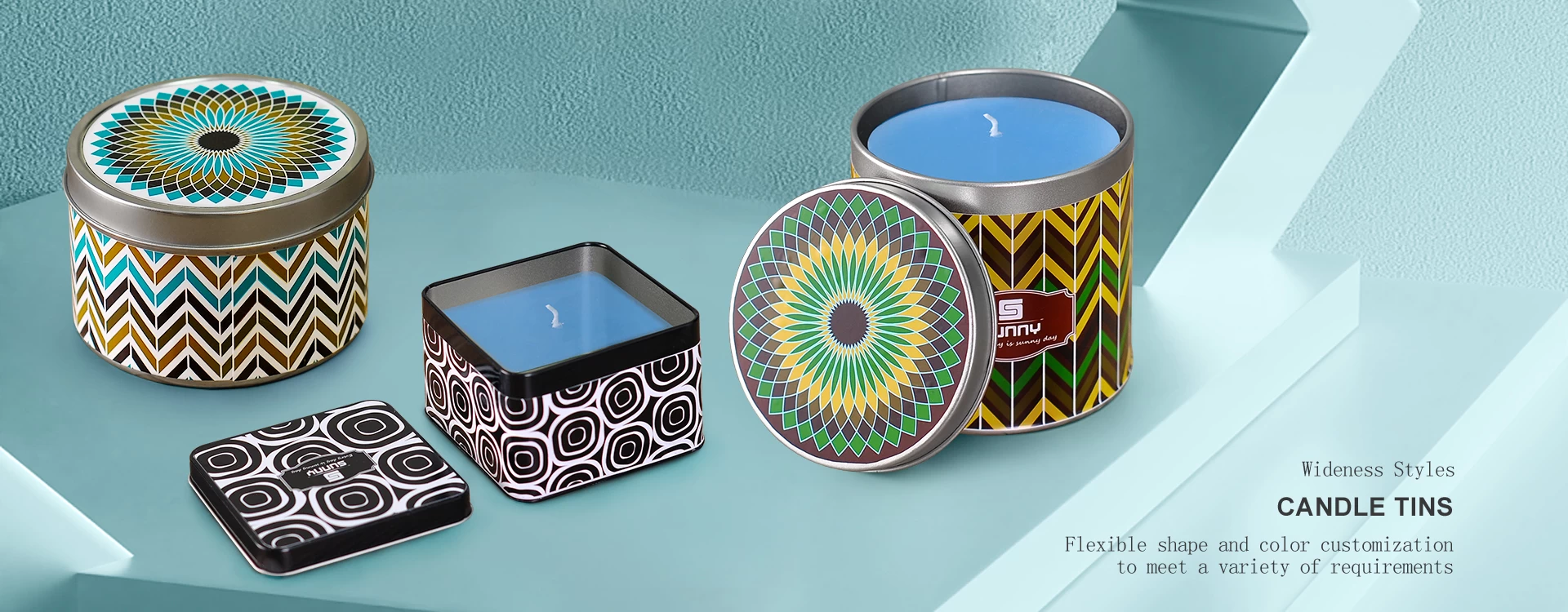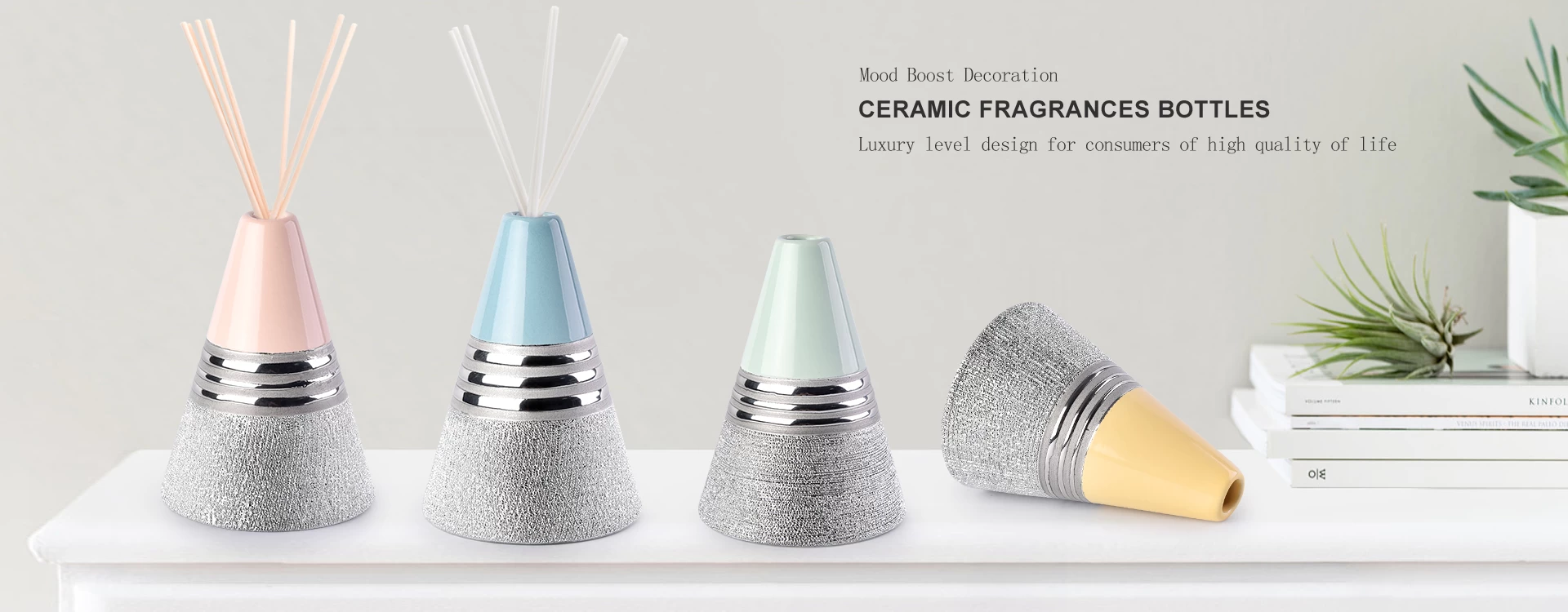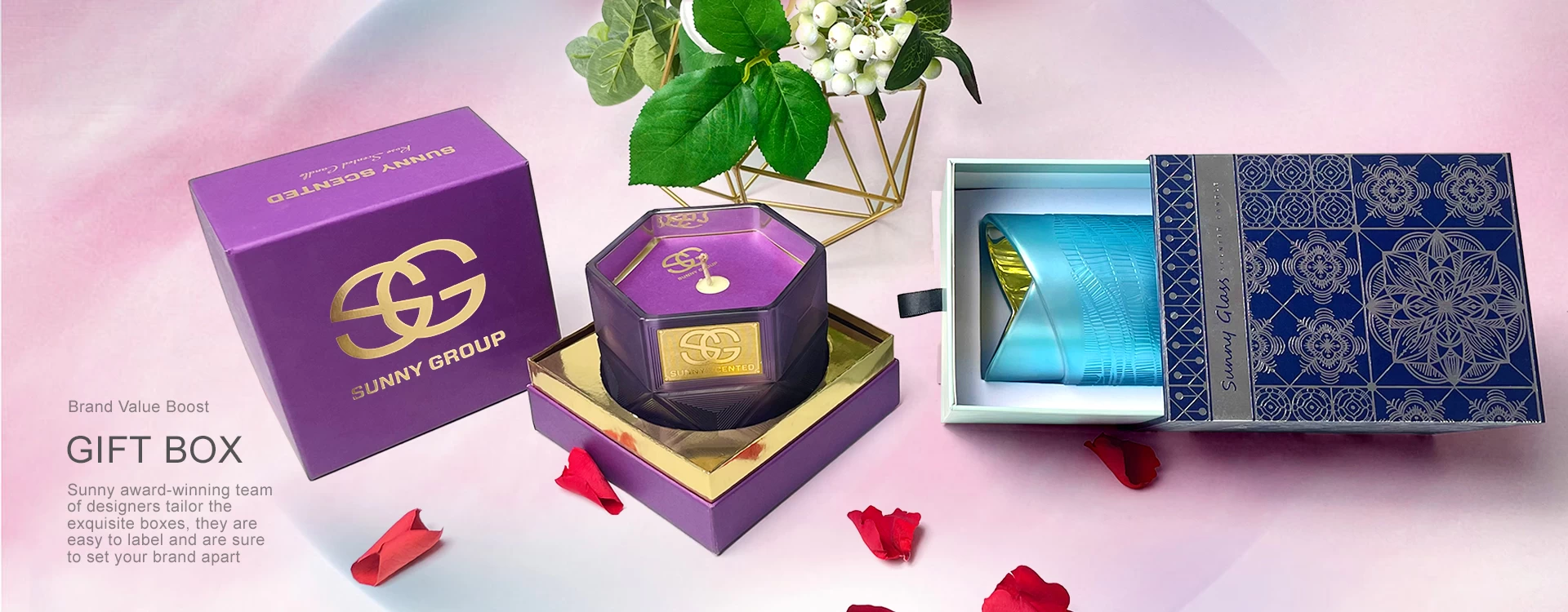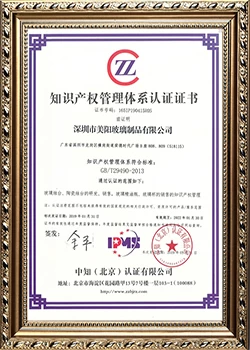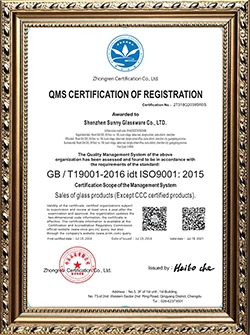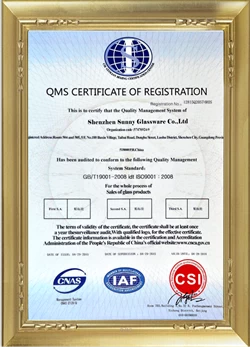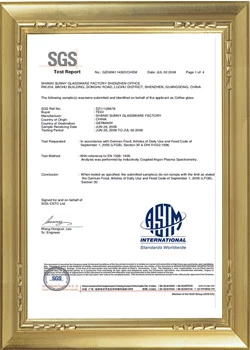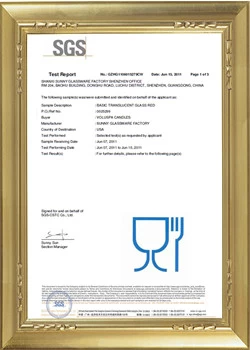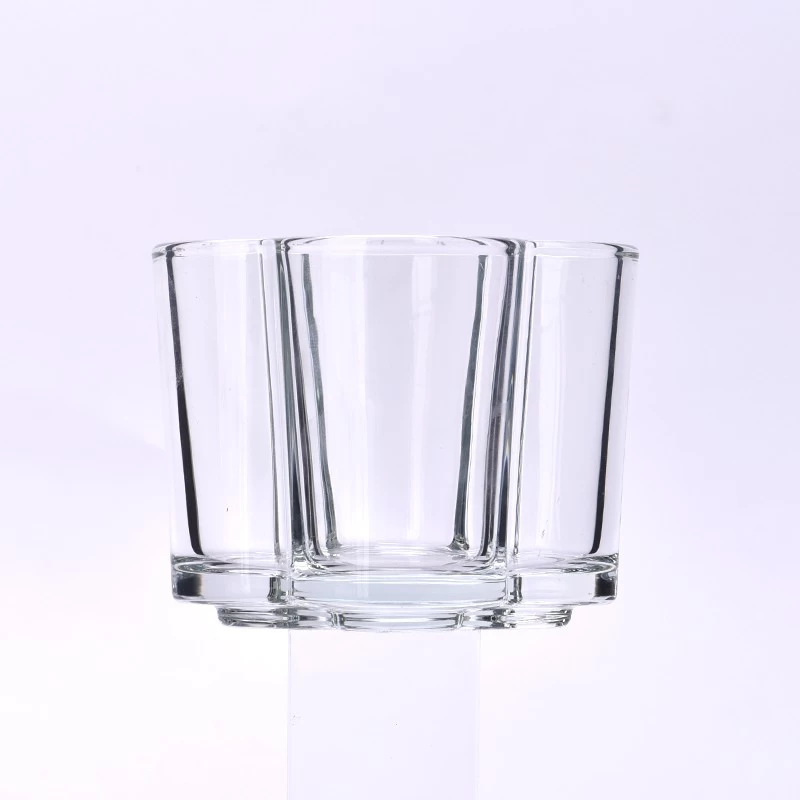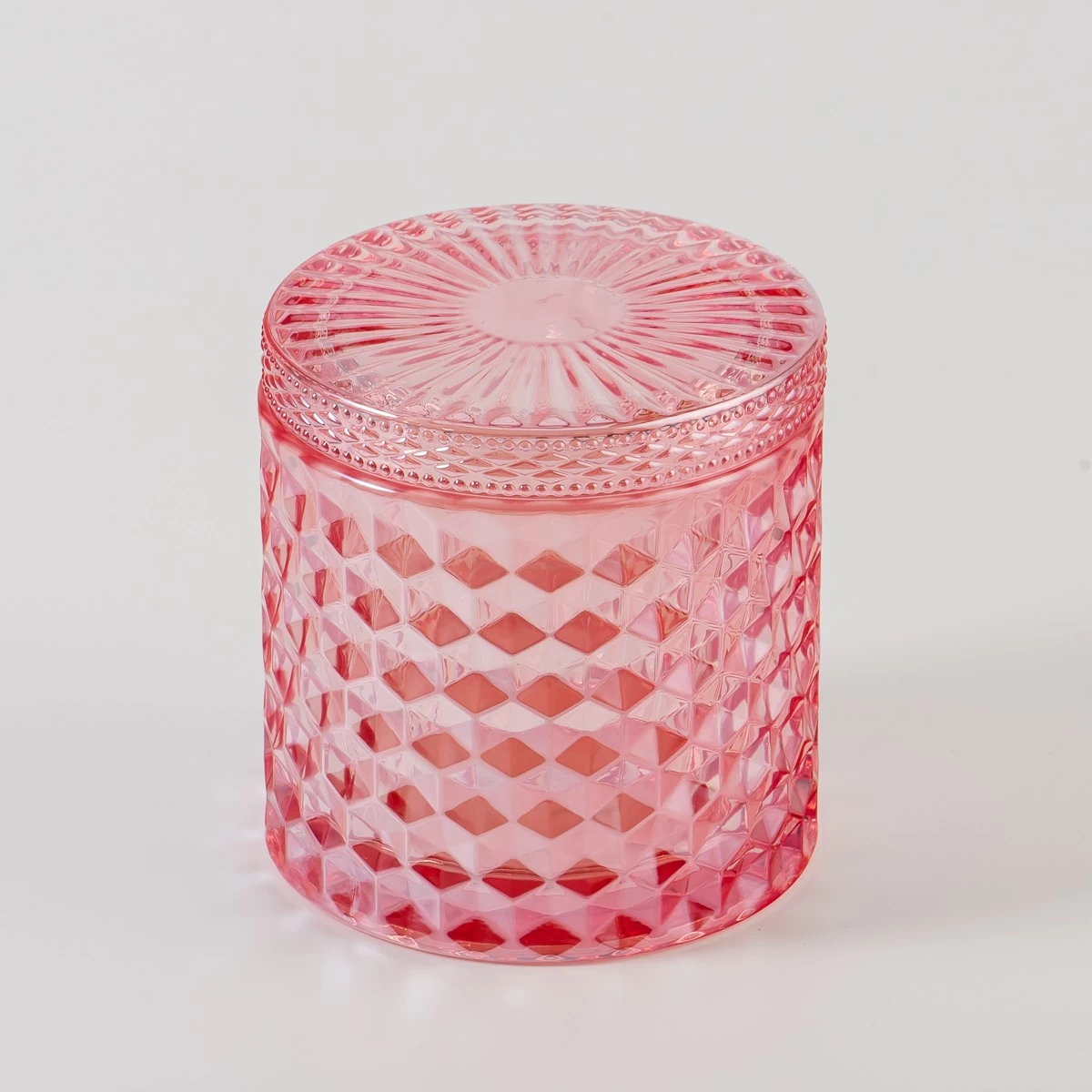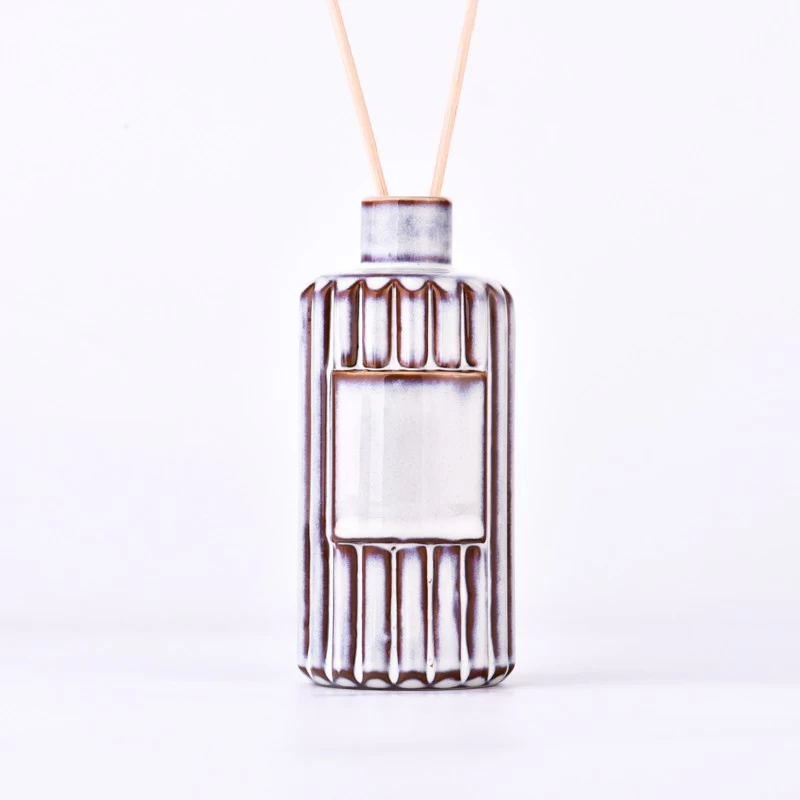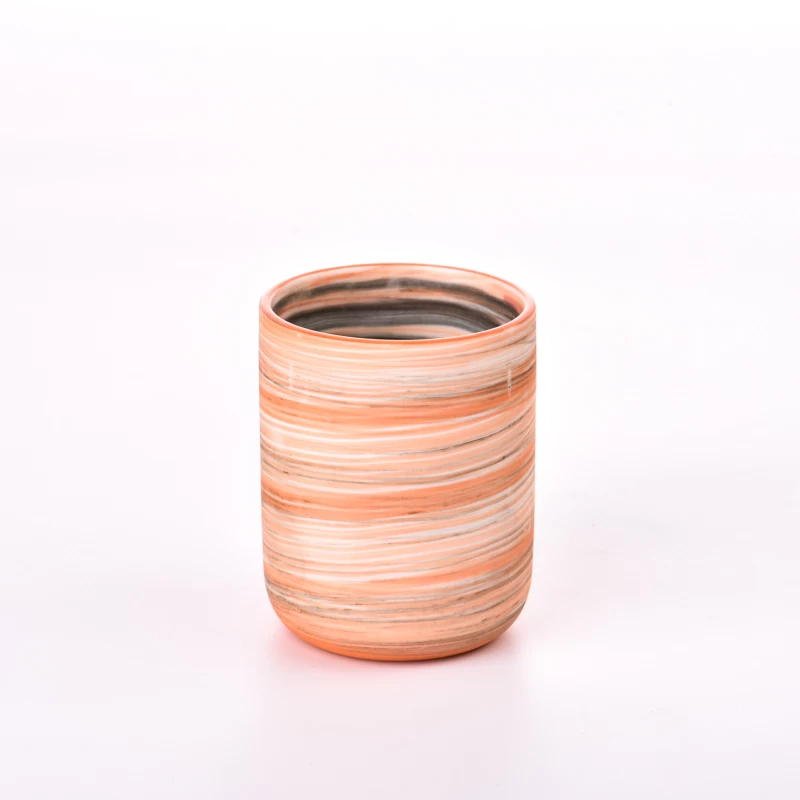Like most foods and beverages, wine can only achieve its fullest flavor profile when thoroughly mixed with oxygen. Much of this mixing can be accomplished with the proper sipping technique, which is why wine connoisseurs and professional tasters can often be heard loudly slurping wine from their glass. However, wine will taste its best if allowed to decant - that is, to be exposed at length to the air before ingestion. This process softens the presence of tannins, which can give a young wine an unappealing astringent flavor. Decanting can also be used to remove sediment from aged red wines. Fortunately, learning to use a wine decanter only requires following a few steps and setting aside an hour or so of time.
Method 1:Prepare the Wine Decanter for Use
1.Choose a wine decanter that can show off the wine well. Like stemware, the ideal wine decanter should be made of smooth, thin, and clear glass. This allows you to observe the wine clearly in the vessel, which is a facet of learning to appreciate a wine's quality. Avoid using colored or overly decorative decanters that obscure the wine's appearance.
2.Store the decanter properly. Your wine decanter should always be stored in an enclosed cupboard to keep it from accumulating dust. Before use, giving the decanter a quick rinse will help remove any musty odors acquired in storage. Rising with mineral water instead of tap water will help avoid any chlorine odor or taste.
3.Avoid washing the wine decanter with detergent. After each use, you will of course want to clean the decanter. Instead of using detergent, which can leave a residue along the inside of the decanter, clean the wine decanter by swirling a mixture of ice and coarse salt inside the vessel. Allow the decanter to air dry before the next use.
Method 2:Use a Wine Decanter to Soften a Tannic Young Wine
1.Determine whether your wine could benefit from decanting. If you are drinking a young, highly tannic wine such as a cabernet or syrah, set an hour or so aside to decant the wine. In fact, most young red wines will benefit from a period of decanting.
Decanting these young wines makes the tannins less abrasive in the wine's flavor, which generally results in a smoother, more nuanced flavor profile.
You can also decant white wines, although an ice bath may be required to keep the wine chilled appropriately. Never place a filled decanter into a refrigerator for chilling, as this will cause the wine to pick up unpleasant odors from neighboring foods.
2
Pour the wine into the decanter. To begin decanting a young wine, simply pour the entire contents of the bottle into the mouth of the wine decanter. Allow the wine to breathe for at least 30 minutes before tasting. The wine's flavor will generally improve over the course of several hours.
3.Pour wine from the decanter into each guest's glass. When pouring a decanted wine, consider pouring small portions of only 2 or 3 ounces (60 - 90 ml). This will allow you and your guests to refill their glasses often and observe the wine's progression in flavor as it decants.
Method 3 Use a Wine Decanter to Remove Sediment from Aged Wine
1 .Check your aged red wine for sediment. Red wines that have aged in the bottle for longer than about 8 years will typically begin forming sediment. This sediment is created when the wine's tannins begin breaking down and precipitating out of the wine. Minimally filtered wines may also have sediment consisting of dead yeast cells and grape residue.
Decanting an aged wine can help remove this sediment, which tastes unpleasantly bitter. If possible, allow the bottle of wine to stand upright for a day before serving so that the sediment settles to the bottom of the bottle.
2.Pour the wine slowly into the decanter. When pouring an aged wine, pour it is slowly and carefully as possible into the decanter. Keep a keen eye on the wine bottle's opening to check for any sediment. As soon as you see sediment starting to enter the stream of wine, stop pouring the wine and allow the remaining portion to remain in the bottle.
Holding a candle or flashlight underneath the wine bottle will help you to see the sediment approaching the neck of the bottle.
3.Pour the wine from the decanter into each glass. The question of whether or not aged wines benefit from an aeration period in the decanter can be a controversial one. Generally, aged wines will not need their tannins softened as much as younger wines, and therefore can be poured sooner from the decanter into drinking glasses.
Thanks for your scan.For more information,you can browse our website.
